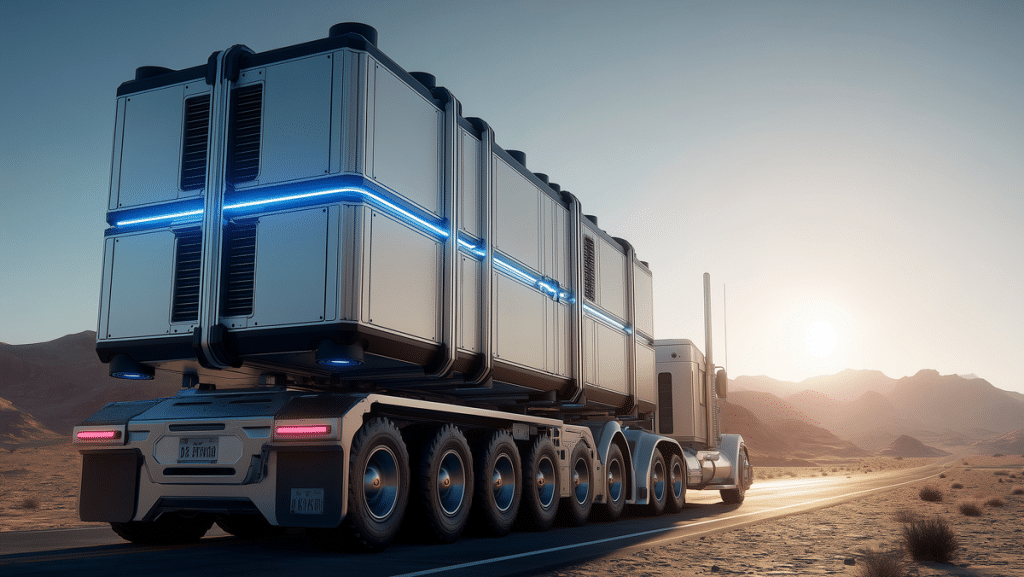In “Nuclear in Your Backyard? Tiny Reactors Could One Day Power Towns,” Aditi Verma, Assistant Professor of Nuclear Engineering and Radiological Sciences at the University of Michigan, discusses how microreactors could revolutionize local energy generation. These compact systems—small enough to fit within a football field—promise to deliver clean, reliable power to entire communities, data centers, and industrial facilities. Yet decades of public mistrust and complicated regulatory hurdles mean their path from concept to deployment will require more than just technological progress.
Unlike large-scale nuclear plants that take years and billions to construct, microreactors could be factory-built and shipped by truck or barge, enabling faster, modular deployment. They produce under 20 megawatts of power and operate more simply, often with fewer moving parts and enhanced safety due to lower pressures and predictable reactor physics. Still, as Verma notes, development faces a “catch-22”: without orders, companies won’t build factories—yet potential customers hesitate until costs and performance are proven.
Verma’s research underscores that community engagement may be the deciding factor in public acceptance. Preliminary studies in Michigan reveal communities are open to these systems when they’re invited to co-design them—envisioning reactors integrated with visitor centers, public art, or learning spaces. The microreactor’s future, she concludes, depends as much on social collaboration as it does on scientific innovation.
Read the complete article on Manufacturing.net.

